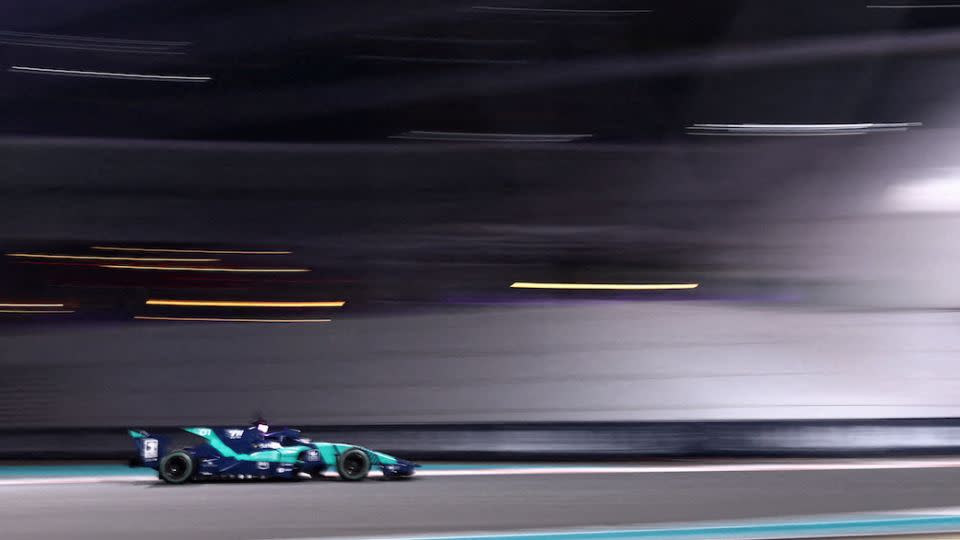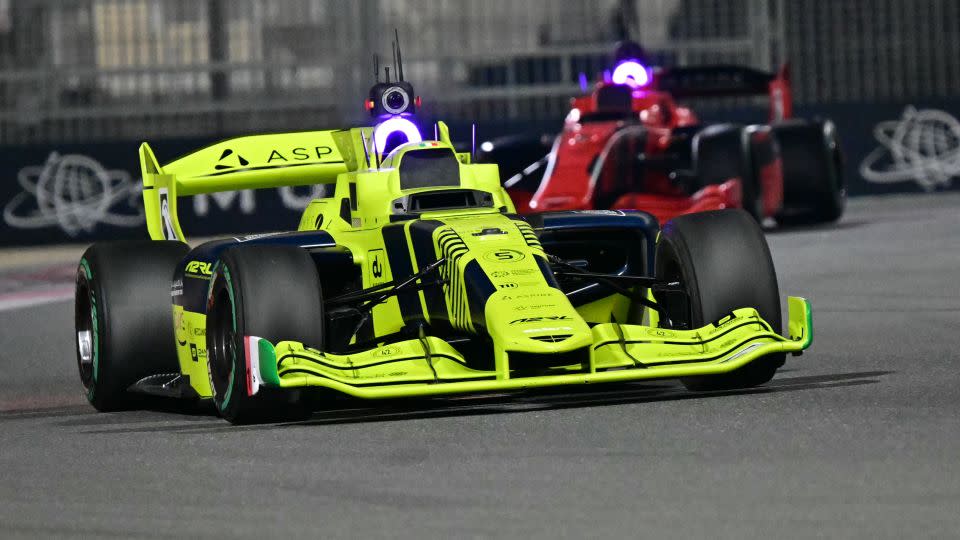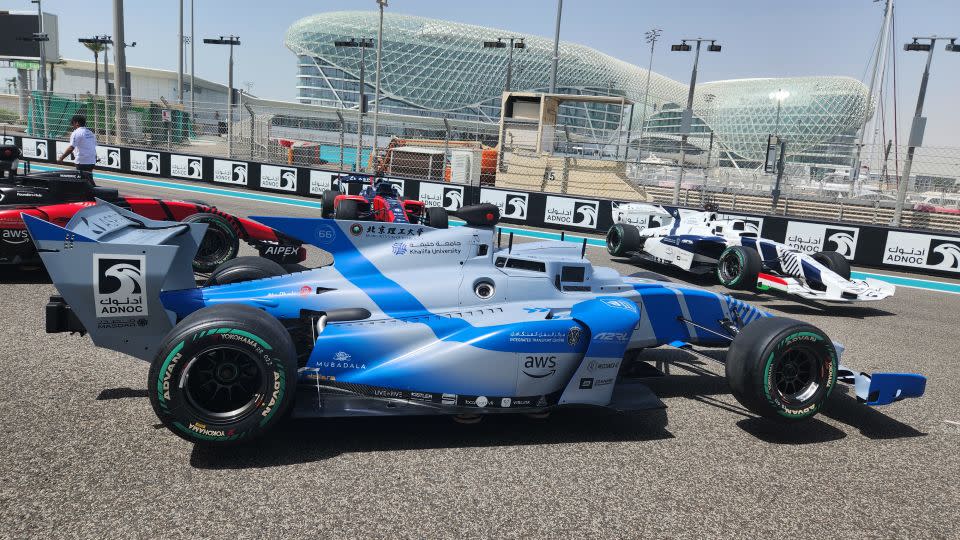How racing driverless cars is pushing autonomous technology
Editor’s Note: This CNN series is, or was, sponsored by the country it highlights. CNN retains full editorial control over subject matter, reporting and frequency of the articles and videos within the sponsorship, in compliance with our policy.
Hype over autonomous vehicles has sometimes outpaced reality. For years, forecasters have predicted that driverless cars, which would allow the average commuter to snooze or watch Netflix on their way into the office, were just around the corner.
Many experts have tempered their expectations. Widespread implementation of autonomous technology won’t be realized within the next decade, according to an analysis released in late 2023 by S&P Global Mobility, which provides insights into the automotive industry.
But Lakmal Seneviratne, the founding director of the Khalifa University Center for Autonomous Robotic Systems (KUCARS) in Abu Dhabi, believes that autonomous mobility still has a bright future.
He’s been working on robotics since the 1980s, and he’s surprised by how quickly autonomous technology has advanced. He sees this in his day-to-day work at KUCARS, where researchers are working on everything from autonomous cars and drones to marine, agricultural, and manufacturing robotics.
Last month, the point was driven home when Khalifa University participated in the inaugural Abu Dhabi Autonomous Racing League event, or the A2RL, which pitted technologists from across the world against each other in a series of challenges.
There have been other autonomous car races before, but A2RL’s was the first to include a race between four driverless cars, according to organizers.
“If you asked me even 10 or 15 years ago if I would ever see an autonomous car race, I would have said: ‘No, not in my lifetime’,” Seneviratne told CNN via video call after the event. “It’s fantastic to see how that technology has developed.”

‘Real world robotics is very, very hard’
Khalifa University, which partnered with the Beijing Institute of Technology to form team Fly Eagle, didn’t end up racing in the final. Its car crashed a few days before the race, and they couldn’t get things back on track.
It wasn’t all smooth sailing for the four teams that did compete on Abu Dhabi’s Yas Marina Circuit, where in November Formula One’s Max Verstappen ended a record-breaking season with an Abu Dhabi Grand Prix win.
Technical University of Munich (TUM)’s car stopped on the track, before restarting. Team Polimove’s vehicle spun around after its tires locked up. Soon after, another car came to a halt – leaving just TUM moving. Then its car stopped too. Three cars were able to get going again, but towards the end of the race, the leader came to an abrupt halt, and TUM overtook it to cruise to victory.
Seneviratne wasn’t exactly surprised by the difficulties. He said that some of the challenges were beyond the scope of today’s technology. “Real world robotics is very, very hard,” he said. “But it was good to push the community.”

Simon Hoffman, TUM’s team principal, told CNN that past autonomous events have only raced with two cars on the track at a time, and that any multiple-vehicle races have been on oval tracks. By contrast, Yas Marina Circuit has tight turns, chicanes and hairpins. The track is a permanent fixture on Yas Island, but it has elements of a street circuit built in.
“I think it’s more challenging to do it on road courses because you have sharper turns, need to brake into turns, you see higher delta speeds between cars, which makes it more difficult,” Hoffman added.
Pushing the technology to the edge
Efforts to set driverless cars loose on public roads have faced setbacks, especially as the result of collisions with unforeseen obstacles. In 2018, for example, a self-driving Uber SUV killed a woman pushing her bicycle across a street, outside of a crosswalk, because it didn’t recognize a jaywalking pedestrian.

The ability to master so-called “edge cases” – situations which push technology to the limits of its ability, perhaps as the result of unexpected and improbable events – will be crucial before driverless vehicles can be widely adopted.
Some observers, organizers and participants say that endeavors like AR2L – where the technology can be tested at its limits – may provide a productive training ground for driverless cars.
“If you have other cars, how do you react with them? How do you overtake them at speed, in edge conditions?” says Seneviratne.
Hoffman agrees. “If we can develop robust software that … works in these conditions here, with very high speeds with other cars … we can make the software for autonomous driving more robust and more reliable, and in the end safer for everyone,” he says.
For more CNN news and newsletters create an account at CNN.com

